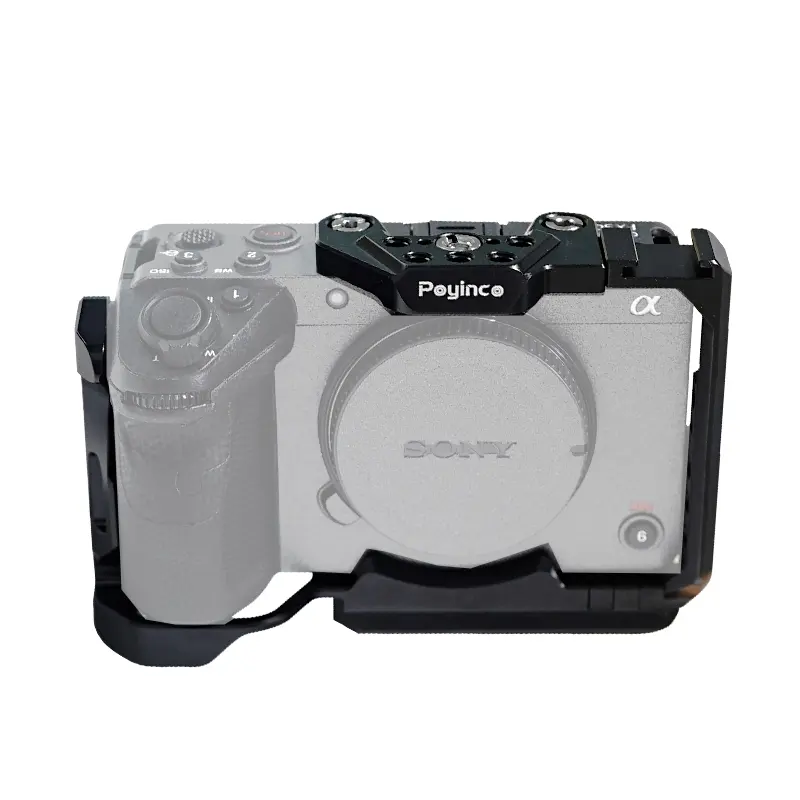

Time:2025-02-26 Views:1

The low - temperature resistance of macro lens adapters is an important consideration for photographers who work in cold environments, such as in the Arctic, at high altitudes, or during winter months.
Material Considerations
Macro lens adapters are typically made of materials such as metal, plastic, or a combination of both. Metal - bodied adapters, such as those made of aluminum or stainless steel, generally offer better low - temperature resistance. Metal has a higher melting point and is less likely to become brittle in cold temperatures compared to some plastics. However, metal adapters may also conduct cold more easily, which can be a concern if the adapter is in contact with the camera or the photographer's hands for an extended period.
Plastic - bodied adapters, on the other hand, are usually lighter and may be more cost - effective. But some plastics can become brittle in cold temperatures, increasing the risk of cracking or breaking. High - quality plastics, such as engineering plastics with additives to improve their low - temperature performance, are used in better - designed macro lens adapters. These plastics are formulated to retain their flexibility and strength even at low temperatures.
Optical Element Performance
The optical elements in the macro lens adapter, such as lenses or prisms, can also be affected by low temperatures. The refractive index of glass, which is commonly used in optical elements, can change with temperature. This can lead to a shift in focus or a change in the image quality. In extreme cold, condensation may also form on the optical surfaces if the adapter is brought from a cold environment into a warm, humid one. To mitigate these issues, some high - end macro lens adapters use optical elements with anti - reflective coatings that are designed to be more resistant to temperature changes. Additionally, proper storage and handling of the adapter in cold conditions, such as keeping it in a camera bag when not in use, can help prevent condensation problems.
Functionality in Cold
The mechanical components of the macro lens adapter, such as focusing rings and aperture control mechanisms, may also be affected by low temperatures. Lubricants used in these components can thicken or freeze in cold weather, making the operation of the adapter stiff or difficult. Some manufacturers use special low - temperature - resistant lubricants in their adapters to ensure smooth operation in cold environments. Photographers should also be aware that the battery life of the camera may be reduced in cold temperatures, which can indirectly affect the performance of the macro lens adapter if it relies on the camera's power for functions like autofocus.
Read recommendations:
video camera quick release plate wholesaler
motorcycle camera mount kit design